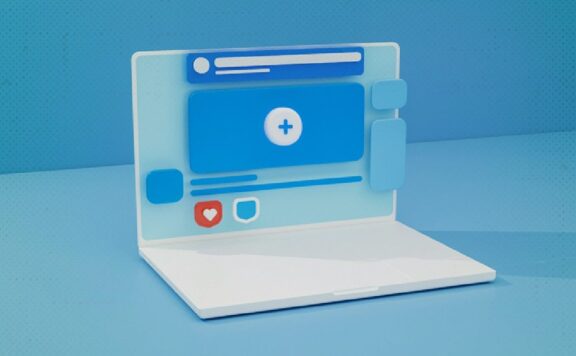One of the toughest things you must do as a business owner is to get paid. You work hard for your clients to provide them with a valuable service, and then spend months chasing your money. The truth is, many business to business invoices get put on the back burner, because unlike credit card companies who will immediately report the late payer to a credit agency, the smaller business will usually not do this.
It’s a tough call, sometimes, but you’re the one who will suffer if you don’t make it.You don’t put due dates on your business invoices for your own health. It’s to ensure your company’s health. If customers don’t pay you on time, your cash flow suffers and – in extreme cases – your business could be damaged.
Chasing payments is a hassle sometimes too, so here are eight easy ways to get your customers to pay on time, every time.
Get every invoice out promptly
It only takes a couple of minutes to raise an invoice. The sooner you invoice, the sooner you’ll get paid. Yes, it’s obvious, but most businesses have got behind on invoicing at some stage.
Set completely clear terms for payment
Don’t rely on a spoken agreement. Every customer relationship should be governed by a contract that specifies exactly when they should pay and what will happen if payment dates are missed. The contract should contain terms that are absolutely clear, and be signed by the client and by you.
Credit check your customers
Sending an invoice is basically the same as giving a customer credit. Whether it’s 10 days, 30 days, 60 days or more, it’s like a loan for that amount of time. Banks don’t offer credit without checking their customers, and neither should you. Check each client’s background and ask for references for extra reassurance.
Make it simple to pay you
The easier it is for a client to pay you, the more likely they will be to pay your invoice there and then. The key is to accept payments via methods your customers are comfortable with. Many like to use direct bank transfers. Other may prefer debit cards, credit cards or cheques. You can even offer them a choice of online payment accounts such as a Paypal account or a Moneybooker account.
Give them a reason to pay early
A five or ten per cent discount for early payments provides a real incentive for customers to open their wallets sooner. Make sure the discount is advertised obviously on the invoices you send out – and make sure you can afford to offer the money off, too.
Penalise late payments
Charging a fee or interest on late payments is the flipside to offering early payment discounts. You actually have the legal right to charge late-paying business or public sector customers interest. However, in practice many firms don’t charge interest for fear of destroying any chance of repeat business.
Stay on the ball
It’s not uncommon for companies to end up writing off debts because they weren’t good enough at chasing payments. You need your clients to know that invoices aren’t vague requests for payment. If they don’t pay on time, follow a fast, well-defined process to chase clients. Follow up swiftly, sending reminders at set intervals.
Keep in touch
Although you don’t want to be a soft touch when it comes to chasing payments, resist jumping to conclusions – especially with first-time late payers. Mistakes sometimes happen. So pick up the phone and discuss the issue with your customer. The result can be a stronger business relationship that’s valued by both parties.
It can be a challenge to keep tabs on all your invoices and payments, especially if your company doesn’t have an employee or department devoted to the task. If you can afford to, hire someone to follow up on your accounts receivable; this gives you a more professional gloss and makes payment seem more urgent.
Even if it’s your spouse, who uses her maiden name to make the calls – in this way, your amiable relationship with the client is not jeopardized by crass calls about money, if that’s your view on the subject.





